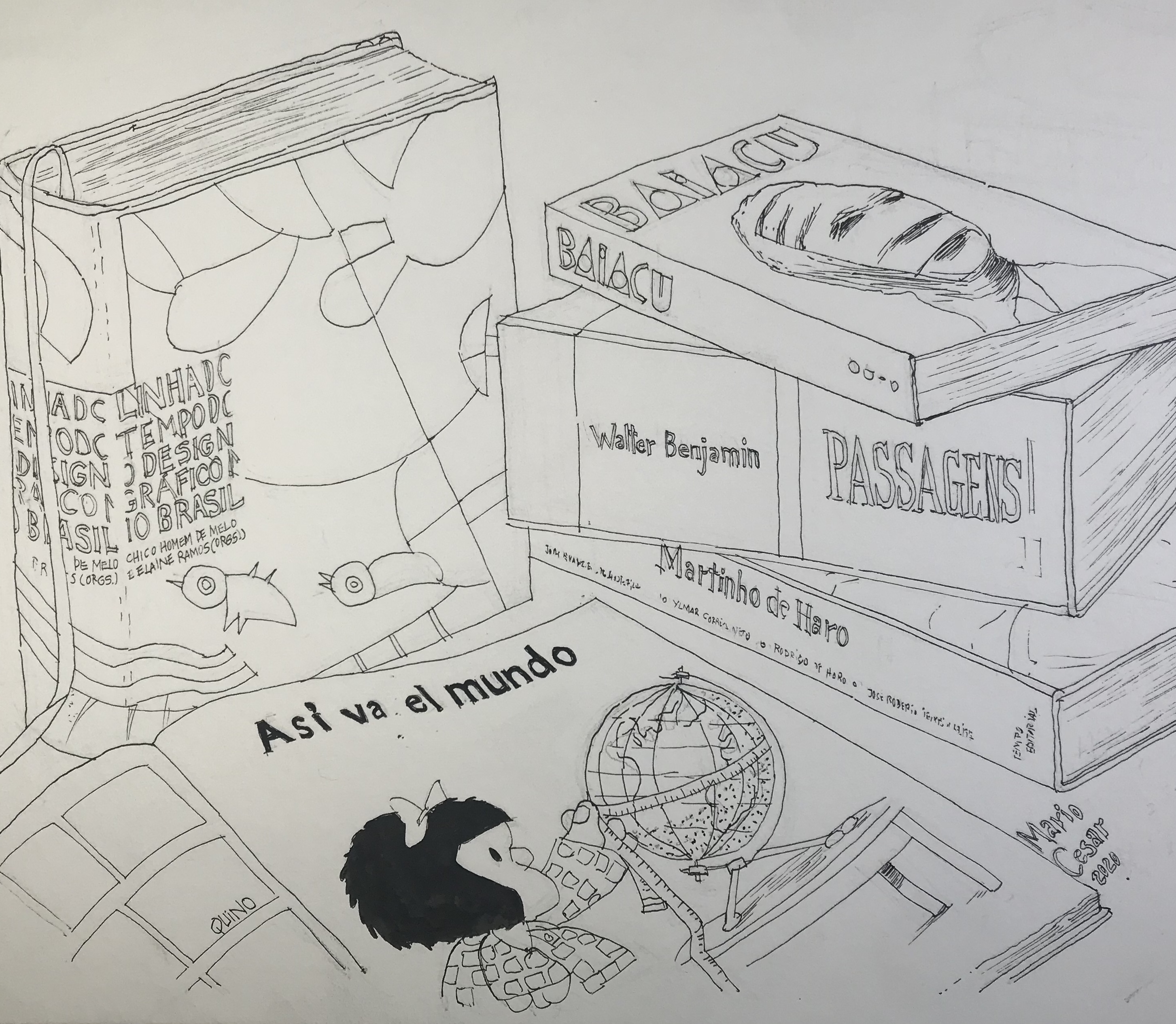ASPECTOS MORFOSSINTÁTICOS DAS ORAÇÕES SUBORDINADAS EM ASURINI DO XINGU
Keywords:
Morfologia; Sintaxe; Asurini do Xingu; ArgumentosAbstract
ABSTRACT: This paper aims to discuss the formation of subordinate clauses in Asurini of Xingu and shows how they work in relation to the main clause. Nominalization is the widely used resource for forming these clauses. However, there is a subset of adverbial clauses that use subordinating morphemes. Syntax is essential for distinguishing one clause type from another when their structures are morphologically identical. Subordinate clauses have markers of person and agreement that distinguish them morphologically and syntactically from independent clauses. Data were analyzed in accord with the typological-functional approach, based on theoretical assumptions found in authors such as Comrie (1989), Givón (2001), and Dixon (2006).
KEYWORDS: Morphology; Syntax; Asurini of Xingu; Arguments
Downloads
References
COMRIE, Bernard & HORIE, Kaoru. 1995. Complement clauses versus relative clauses: some Khmer evidence. In ABRAHAM, Werner. GIVÓN T, and Sandra A. Thompson (eds.). Discourse Grammar and Typology: Papers in Honor of John W. M. Verhaar. Amsterdam and Philadelphia: John Benjamins, 65–76.
DIESSEL, H. The Ordering Distribution of Main and Adverbial Clauses: A Typological Study. Language, v. 77, No. 3, p. 433-455, 2005.
DIXON, Robert M. V. Ergativity. Cambridge: Cambridge University Press, 1994.
DRYER, Matthew S. S. Adverbial subordinators and word order asymmetries. In JOHN A. Hawkins.; SIEWIERSKA, Anna (Eds.). Performance principles of word order (Eurotype Working Papers). Strasbourg: European Science Foundation Program in Language Typology, ESF Offic, 1992. p. 1-33.
GIVÓN, T. Syntax: a functional-typological introduction. Amsterdam/Philadelphia, John Benjamins Publishing Company, 2001.
PEREIRA, Antônia Alves. Aspectos das orações subordinadas adverbiais em Asurini do Xingu. Revista Moara n.36, p.92-103, jul.-dez., 2011
_________. A Nominalização e a oração relativa no Asurini do Xingu. Liames,Vol. 10 2010, P. 101-113.
_________.Estudo Morfossintático do Asurini do Xingu. 2009, 284p. Tese de Doutorado em Linguística. Instituto de Estudos da Linguagem, Universidade Estadual de Campinas.
RODRIGUES, A. D.; CABRAL, A. S. Revendo a classificação interna da família Tupi-Guaraní. In CABRAL. A. S.; RODRIGUES, A. D. (eds.). Línguas Indígenas Brasileiras. Fonologia, Gramática e História. Atas do I Encontro Internacional do GTLI da ANPOLL. Belém, vol.1, 2002.
SEKI, Lucy. Gramática do Kamaiurá: Lingua tupi-guarani do Alto Xingu. Campinas, SP: Editora da Unicamp; São Paulo: Imprensa Oficial, 2000.
KEENAN, Edward L. Relatives clauses. In: Shopen, Thomas (ed). Language typology and syntactic description. Complex constructions. Cambridge: Cambridge University Press, 1985, vol, II, p.141-170.
NOONAM, MICHAEL. Complementation. In: Shopen, Thomas. (ed).Language typology and syntactic description. Complex constructions. Cambridge: Cambridge University Press, 1985, vol, II, p.52-150.
THOMPSON, Sandra A.; LONGACRE, Robert. E. Adverbial clauses. In: SHOPEN, Thomas. (ed). Language typology and syntactic description. Cambridge: Cambridge University Press. 1985, v. 2, p. 171-234.
Downloads
Published
How to Cite
Issue
Section
License
The Copyright for articles published in this magazine belongs to the author, preserving the rights of first publication for the Communitas Magazine. Because they appear in this publicly accessible journal, the articles are free to use, with their own attributions, in educational and non-commercial applications.
























